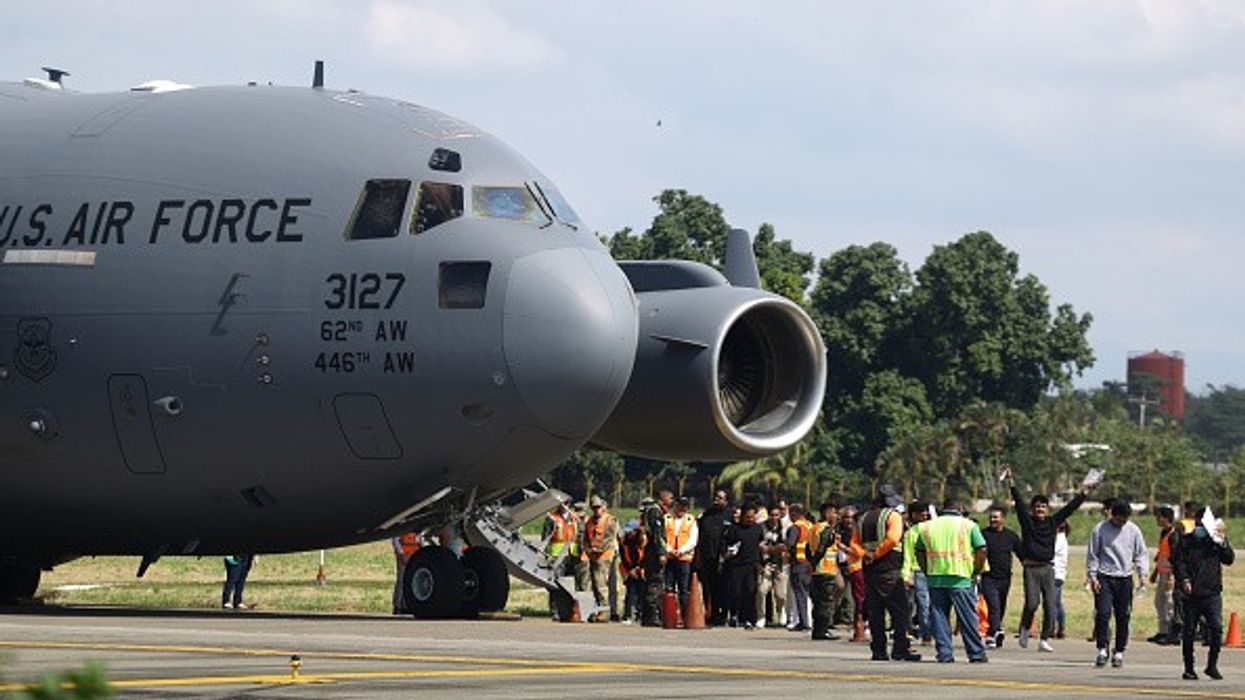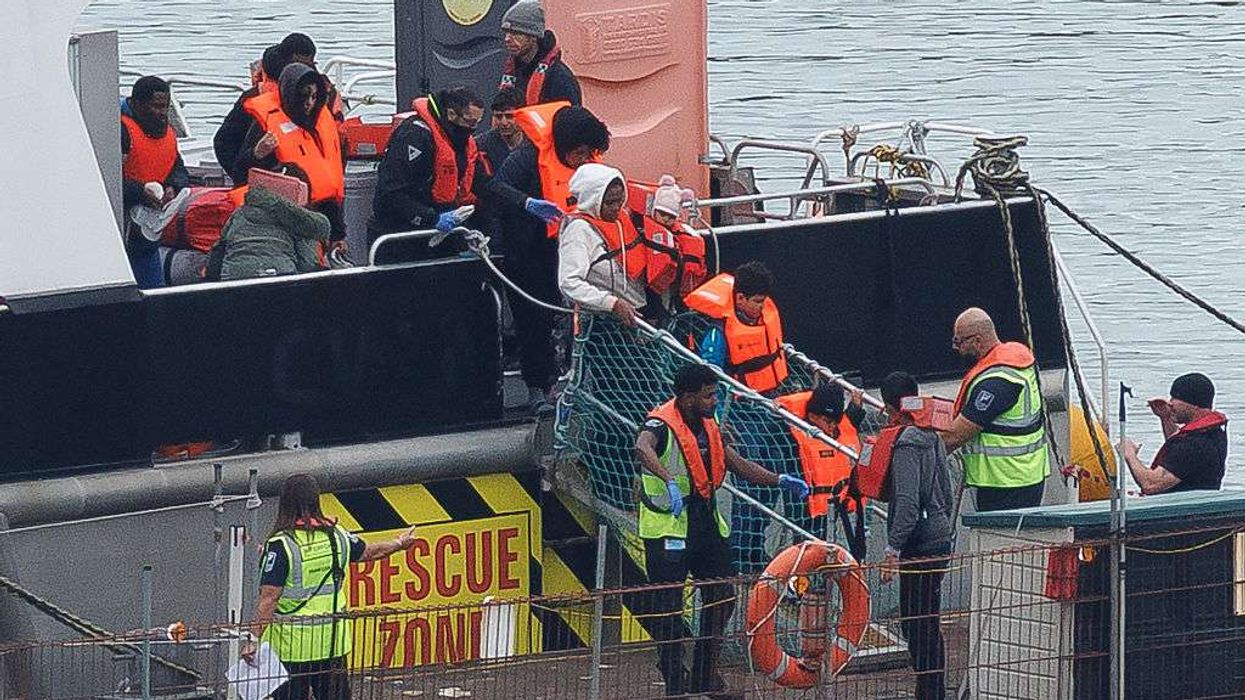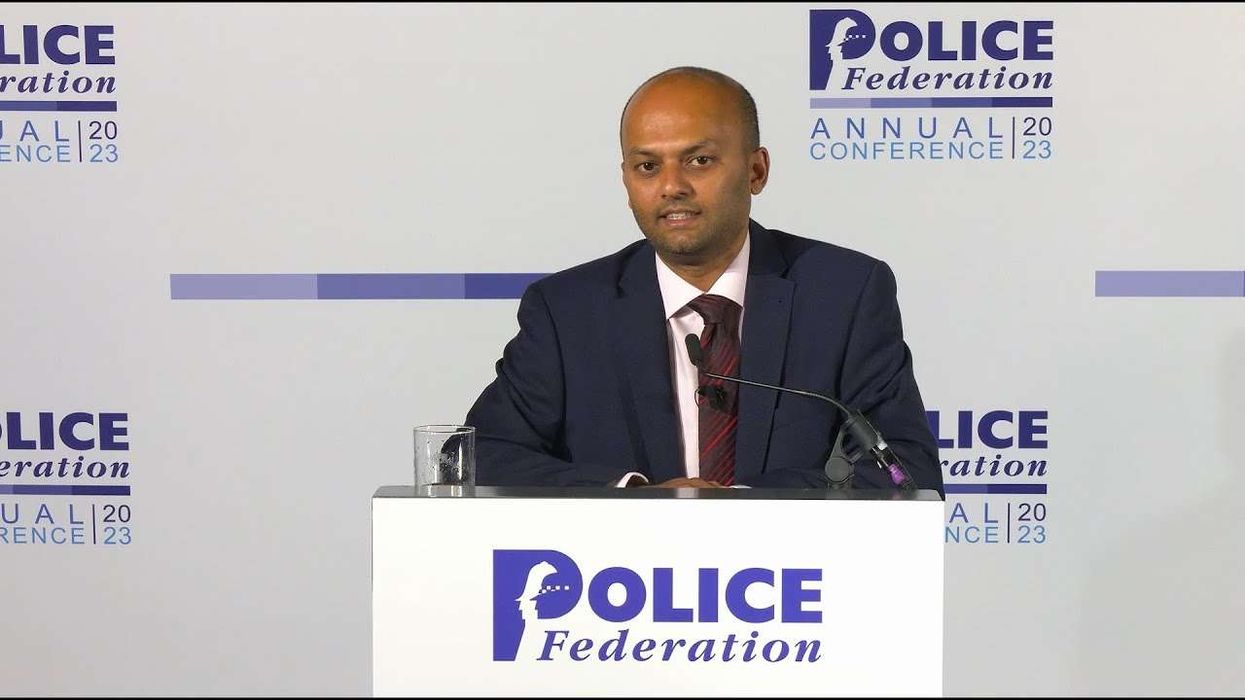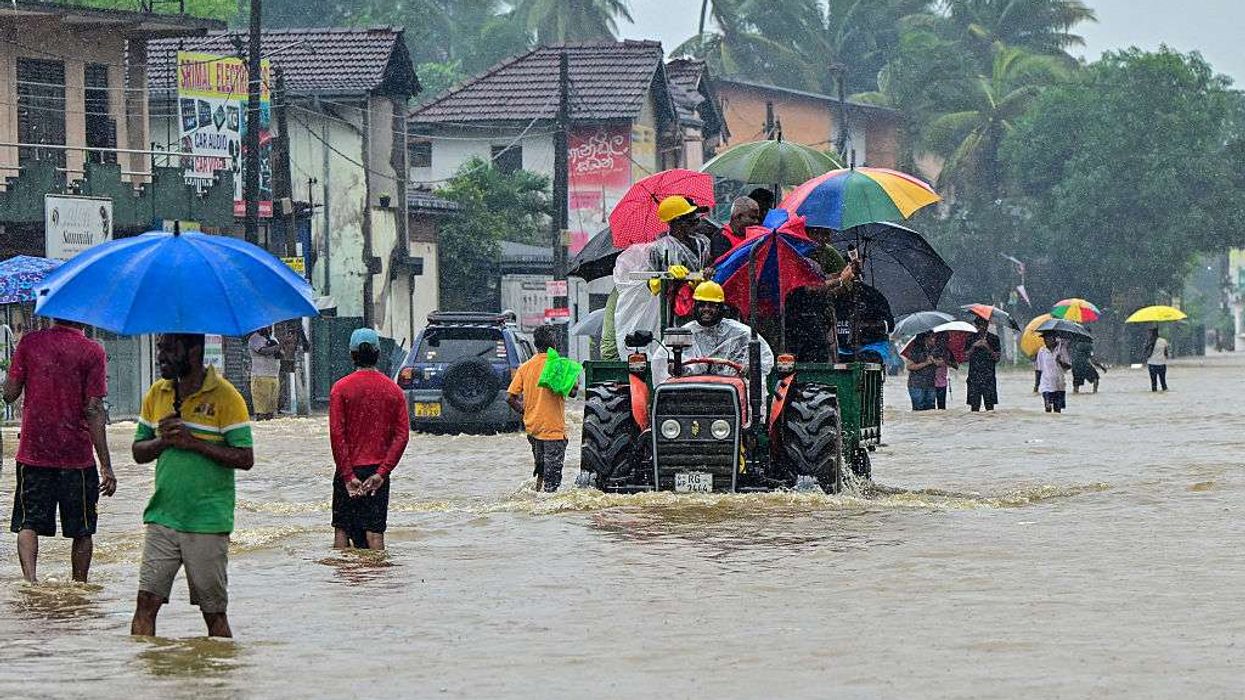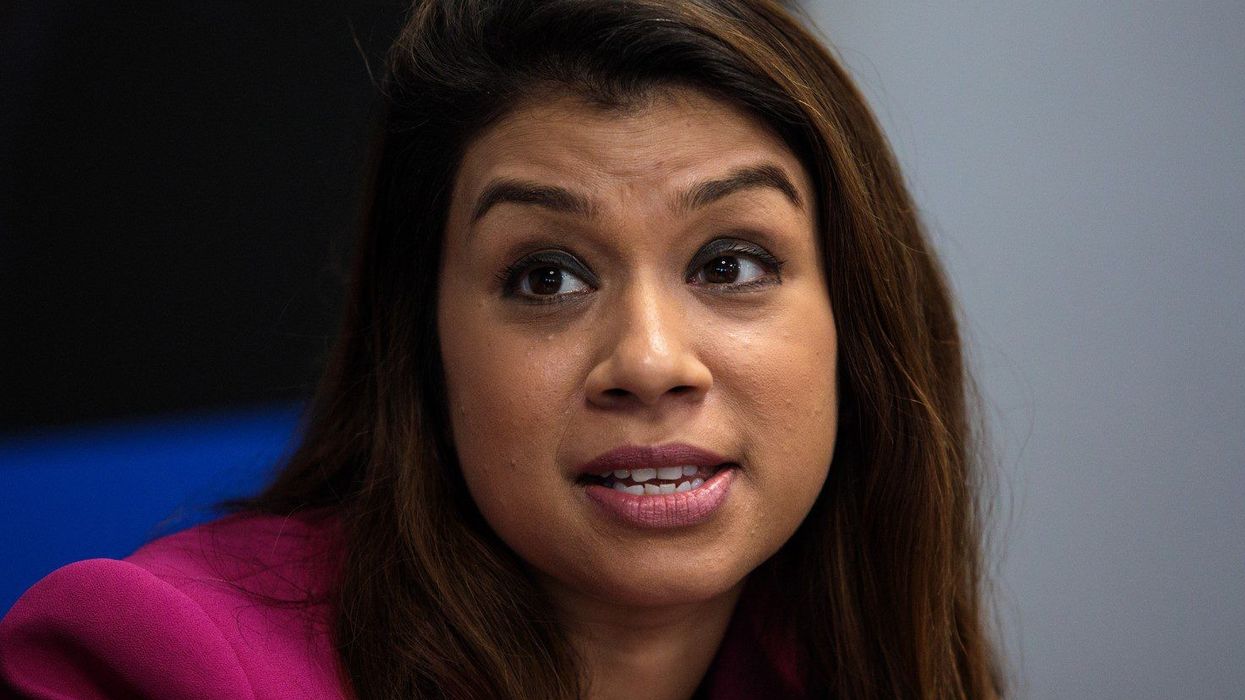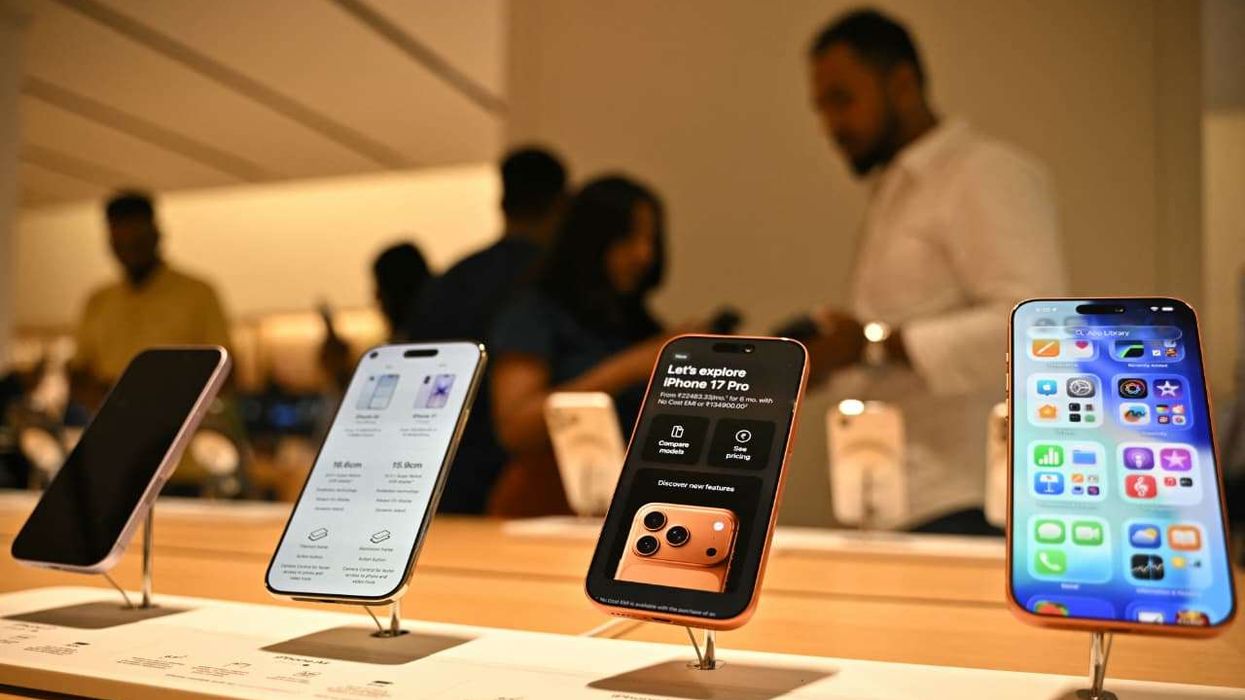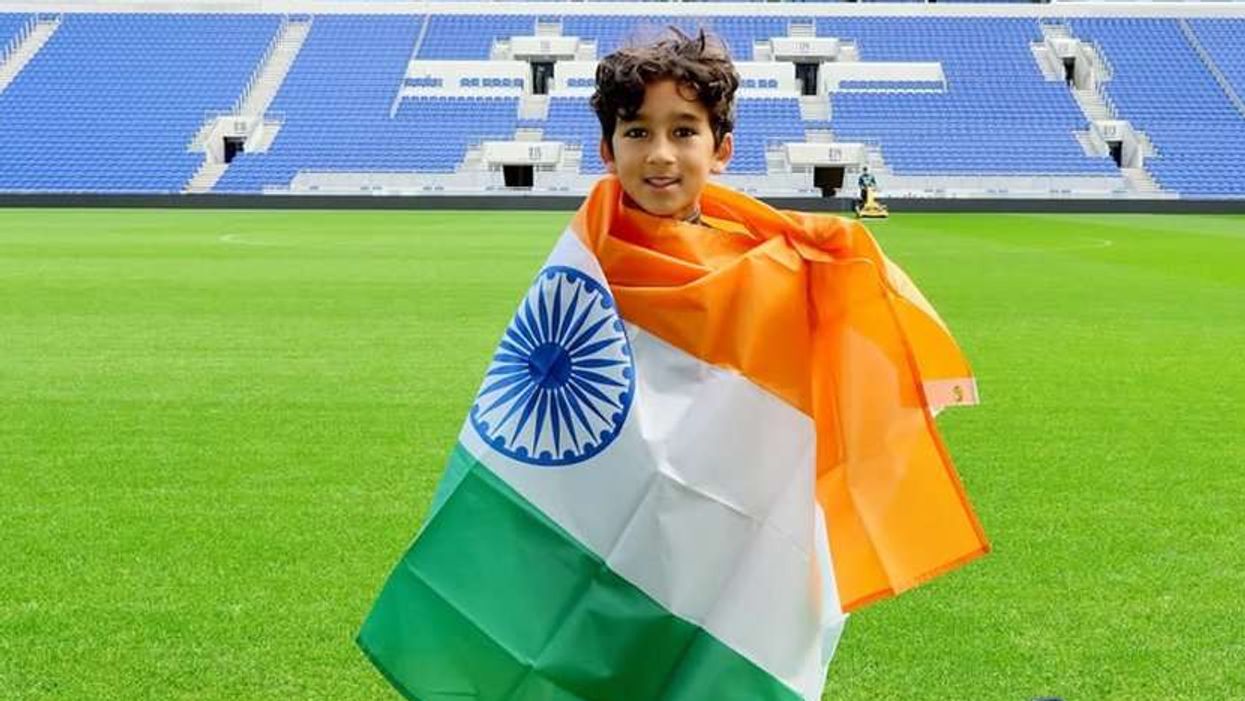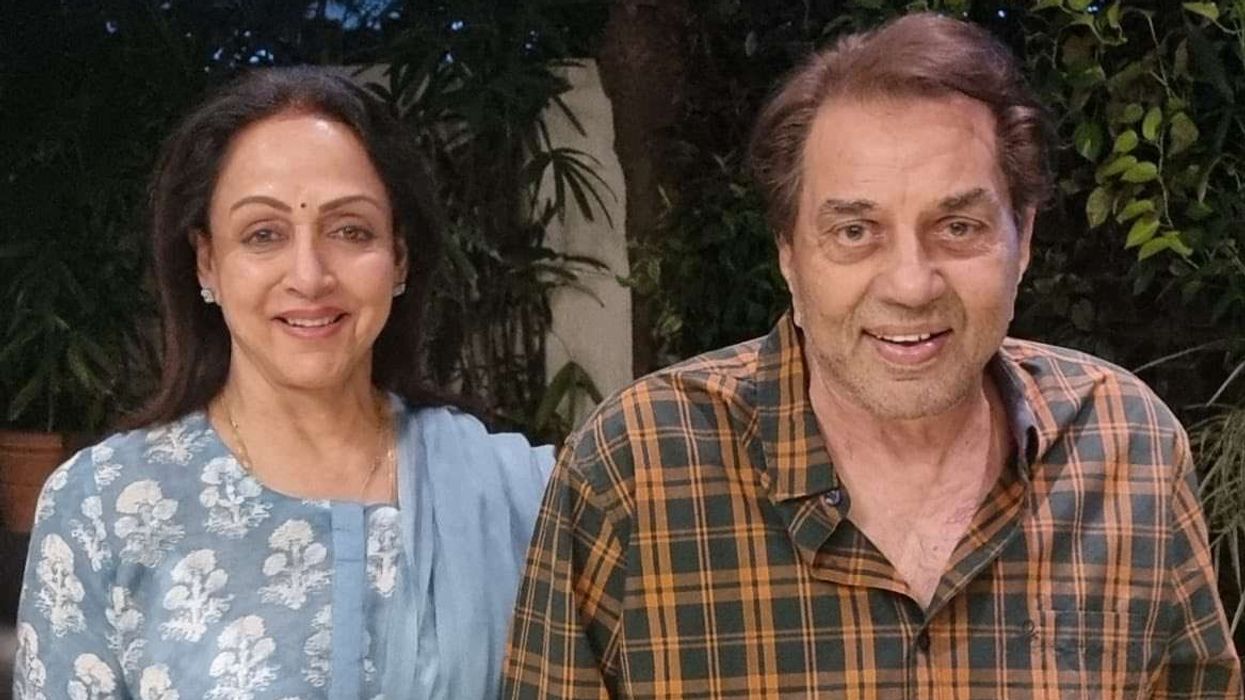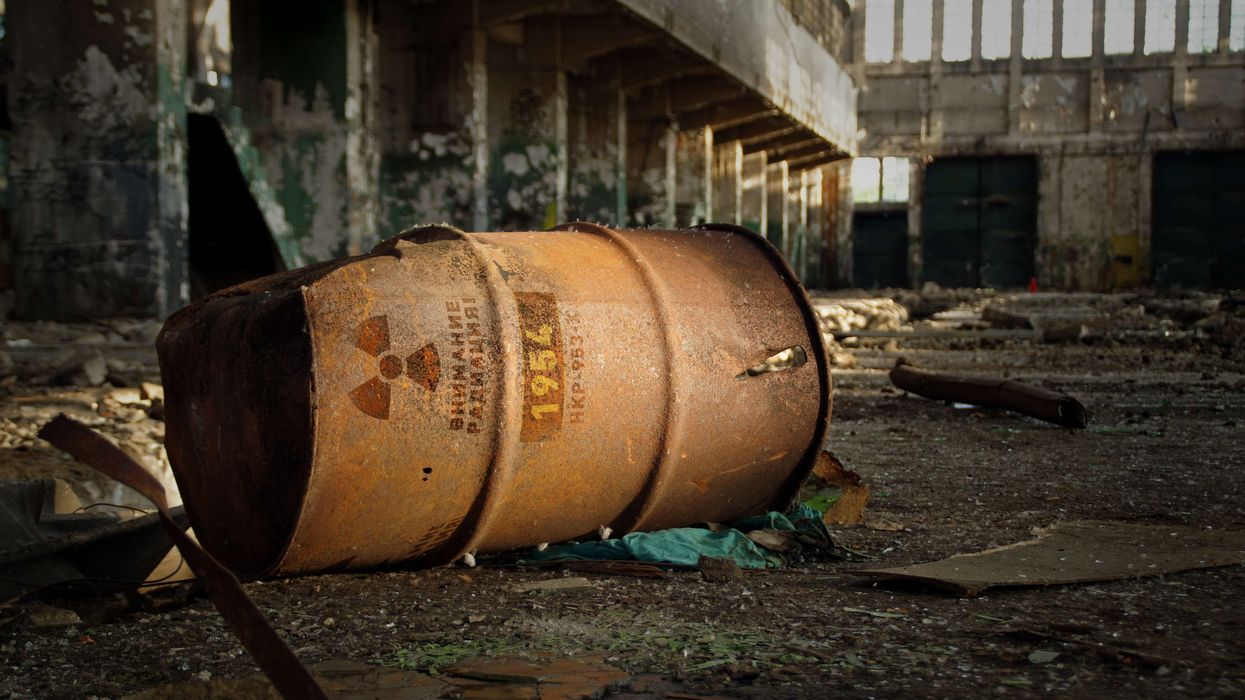More than a thousand Indians have been sent back from the United States since January, according to the Ministry of External Affairs (MEA).
The MEA confirmed that precisely 1,080 Indian nationals have been deported.
Approximately 62% of those deported returned on commercial flights, informed India’s spokesperson Randhir Jaiswal.
The deportations follow US President Donald Trump’s campaign against undocumented migrants entering the country. He had previously stated that he believes India “will do what’s right” in the matter of deporting illegal migrants.
This move by the US reflects a global trend of increasingly strict immigration controls.
Over a hundred shackled Indians were repatriated on a US military flight in February alone.
“We have close cooperation between India and the United States on migration issues,” said Jaiswal during the ministry’s weekly briefing. He added that deported Indians are only accepted back after strict verification of their nationality.
It is estimated that around 18,000 Indian nationals have entered the US illegally.
The US Embassy in India has issued a warning that overstaying in the US—even by those who entered legally—could lead to deportation or a permanent ban.
Jaiswal also raised concerns about President Trump’s proposed revisions to student visa policies, which could affect Indian students planning to study in the US. However, the Indian government has assured that the welfare of Indian students remains its “utmost priority”.
On Thursday, it was revealed that the US is pausing the scheduling of new visa interviews for foreign students as it considers expanding the screening of their social media activity. Student visa appointments under the F, M and J categories will be temporarily halted by American embassies.
US Homeland Security Secretary Kristi Noem reiterated that all foreign nationals living in the US for over 30 days must register under the Alien Registration Act, a strict requirement enforced by an executive order signed by Trump.
“While we note that the issuance of a visa is a sovereign function, we hope that the applications of Indian students will be considered on merit, and that they will be able to join their academic programmes on time,” said Randhir Jaiswal. A total of 333,000 Indian students have travelled to the US for studies in 2023–24, constituting the largest share of the country’s international student population.
The Ministry of External Affairs has assured that it will closely monitor developments and continue to engage with US authorities to ensure the fair treatment of Indian nationals.
